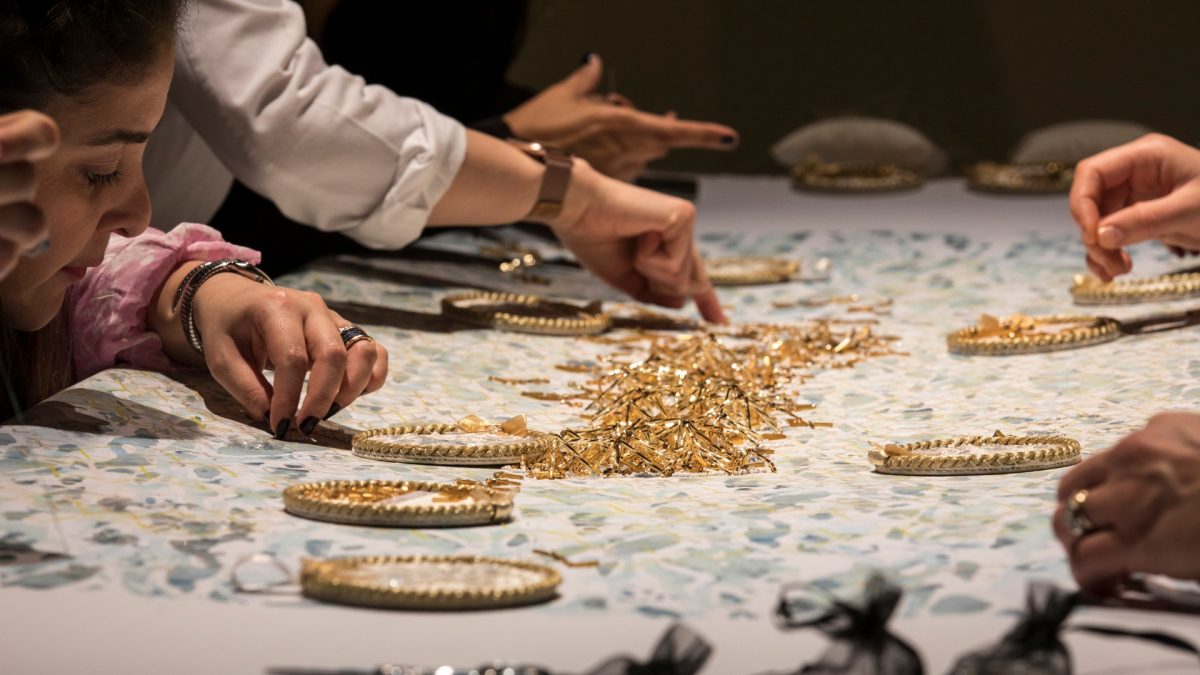
Chanel Gave Us A Lesson In Lesage And Here Is What We Learned
A lesson in Haute Couture
“Haute couture without embroidery is non-existent,” Karl Lagerfeld once said. He was talking about Maison Lesage, the embroidery atelier that has expertly adorned pieces for the likes of Yves Saint Laurent, Schiaparelli, Christian Dior and, of course, Chanel, since 1924.
The French fashion house acquired Maison Lesage in 2002, and they became part of Chanel’s Paraffection subsidiary, where the craftsmen are responsible for much of the ornate and enchanting e embroidery that characterises the couture and ready-to-wear collections.
A name synonymous with embroidery, Lesage lost their heir, François, in December 2011. His successor, Hubert Barrère, who took over as creative director, landed in the UAE’s capital for Flânerie Colbert Abu Dhabi, and gave BAZAAR a private workshop on the art of Lesage.

Alongside traditional Emirati Al Sadu weaving, Hubert spilled his secrets from the atelier, and talks BAZAAR through the elegant artistry that is Lesage.
“It’s the sand, the sun and the sea reflecting off the dome of the Louvre Abu Dhabi,” he tells us of the blue, gold and white fabric that we delicately ply. “These pieces take a minimum of 1,000 hours to finish with four to six artisans working on it.”
When asked if a 100-year-old craft could be adapted for today’s fast-fashion society, Hubert answers quickly and confidently, “It’s an antiquated art, but it continues to stay relevant in the 21st century during the evolution of millennials. The embroidery is still contemporary because it’s one part tradition and one part innovation. Traditions like this don’t just disappear, we find a way to innovate them. For example, we use embroidery on a 3D printed suit, so this mixing and matching of old and new is very interesting and keeps a balance.”
“I had the chance to work with Mr. Lagerfeld 21 years ago, and he once said, ‘I want to create something unimaginable.’ Working with Chanel has been fantastic because it’s always about trying to achieve the impossible. Other brands reinterpret things that already exist, usually from their archives, but with Chanel we always create something totally new.”
